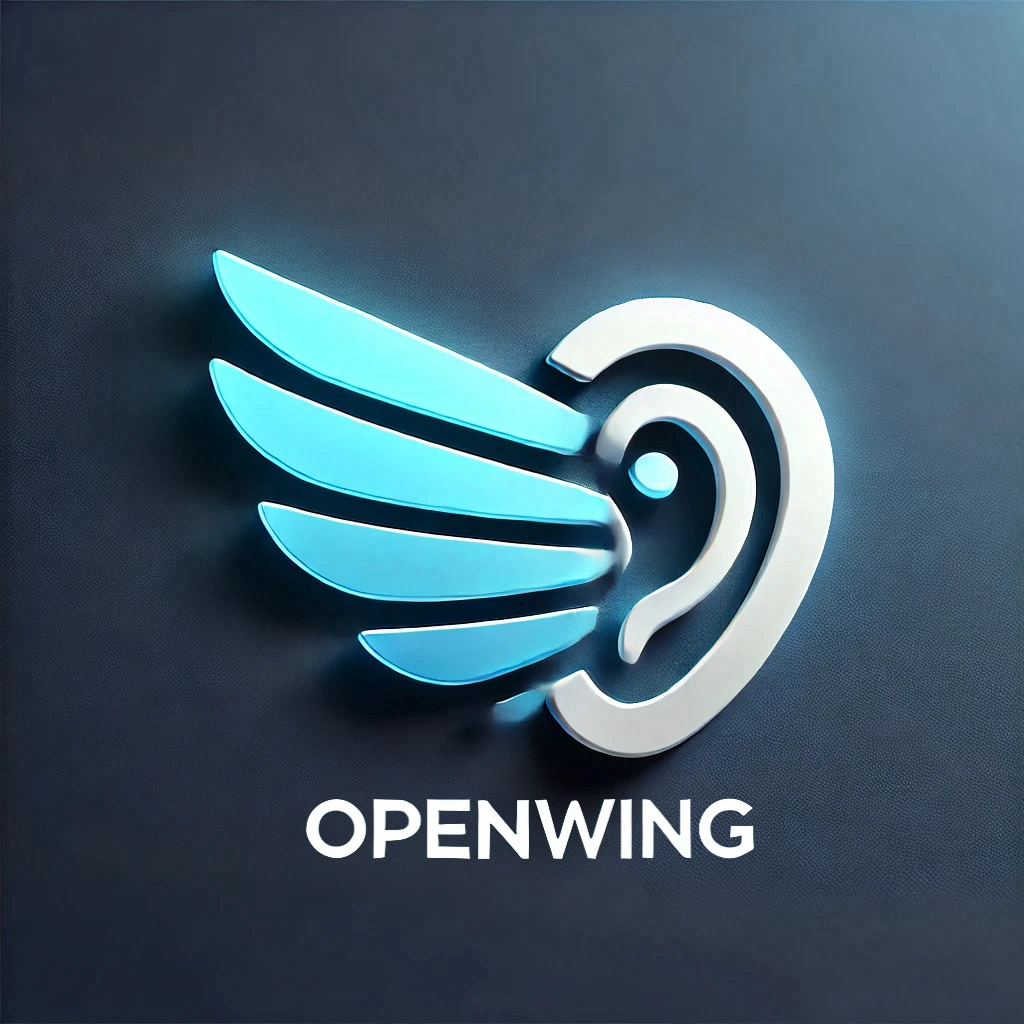In the rapidly evolving landscape of artificial intelligence, grounding techniques such as retrieval-augmented generation (RAG) have gained substantial traction to prevent AI models from producing erroneous or “hallucinated” outputs. However, even the most well-implemented RAG models have their shortcomings. Giants in technology like Google and Microsoft are now pioneering new grounding methodologies to enhance the accuracy and timeliness of AI systems.
Imagine providing an AI model with a map to navigate the world. What happens when that map becomes outdated or lacks critical details? This is the conundrum that hyperscalers and leading AI developers are striving to resolve. As artificial intelligence increasingly integrates into the fabric of our daily lives, ensuring that these models have the most accurate and relevant information becomes paramount. While RAG has been hailed as a potential solution, the future of effectively grounding AI likely demands more nuanced approaches.
So, what exactly is grounding?
In the context of AI, grounding refers to the process of linking a model’s outputs to real-world data, making sure its responses are accurate and contextually valid. Without effective grounding, AI models risk generating answers that are disconnected from reality, potentially leading to misinformation or operational errors.
One of the most prevalent grounding methods today is RAG, along with fine-tuning the models. “Since fine-tuning models can be a complex and costly venture, RAG is rapidly gaining popularity,” commented GlobalData Chief Analyst Rena Bhattacharyya. RAG operates by pulling relevant information from a database or corpus in response to a given prompt, subsequently utilizing this data to generate more precise answers. It’s akin to having an integrated search engine within the AI that retrieves external information as needed.
IDC Research Manager Hayley Sutherland highlighted that without RAG or similar grounding techniques, large language models (LLMs) are constrained by their initial training data and its time-bound context. Such ungrounded models lack the important context or domain-specific knowledge, often producing hallucinations — responses that, although plausible, are fundamentally incorrect and can pose risks to enterprises.
According to Sutherland, RAG has become a “battleground feature” among vendors offering generative AI. These range from DIY components of the RAG pipeline (embeddings models, vector storage, and data management, etc.), to newer RAG-as-a-Service applications (usually delivered via API), to built-in RAG capabilities within AI functionalities.
Despite their promise, naive RAG models face significant limitations. Relying on basic retrieval mechanisms, these models often struggle with complex queries requiring a thorough understanding of the entire dataset. They may falter when dealing with nuanced information that spans multiple sources or necessitates intricate reasoning.
AI consultant Norah Sakal pointed out that naive RAGs are limited to single-shot generation. Another drawback is their inefficacy in handling nuanced queries. When users submit requests with specific preferences, naive RAG models frequently fail to grasp the full context, offering a broader array of results that might only partially meet the criteria, thereby diluting the relevance of the recommendations.
“A naive RAG pipeline blends the generated response with retrieved data without any advanced optimization,” Sakal explained in a blog discussing RAG’s limitations. This underscores the need for more advanced techniques.
Enter the era of sophisticated RAG systems. These advanced models incorporate complex techniques for query understanding and processing. Examples include context-aware RAG, GraphRAG, and self-grounding RAG — systems that structure data into a coherent representation before handling queries.
Microsoft is at the forefront of this innovation with its GraphRAG model, which improves naive RAG by constructing a knowledge graph from a dataset. Jonathan Larson, Senior Principal Data Architect for Special Projects at Microsoft Research, elucidated that this graph can be considered “self-grounding.” It encapsulates a snapshot summary of the dataset before any queries are processed, thereby enhancing its capability to manage complex, holistic queries.
“GraphRAG builds a memory representation of the dataset as a whole,” Larson explained, “allowing it to thoroughly understand and reason over the dataset’s contents and their relationships.” This methodology not only maintains the accuracy and currency of the data but also provides a deeper comprehension, enabling responses that naive RAG might overlook.
Simultaneously, Google focuses on giving its customers a multitude of grounding options. Jason Gelman, Director of Product Management for Vertex AI at Google Cloud, detailed Google’s three-pronged approach. These include grounding with Google Search for real-time web data, grounding with Vertex AI Search to let enterprises use their data, and grounding with third-party datasets, facilitating real-time data connections from providers like Moody’s and Thomson Reuters.
“Each enterprise defines ‘accuracy’ differently,” Gelman concluded. “We offer customers choices in how they ground their models,” thereby tailoring AI grounding to meet diverse needs.
As the field of AI evolves, so too must its grounding techniques. The future holds promise for more robust, sophisticated methods to ensure AI models remain accurate, contextually relevant, and ultimately more trustworthy.


